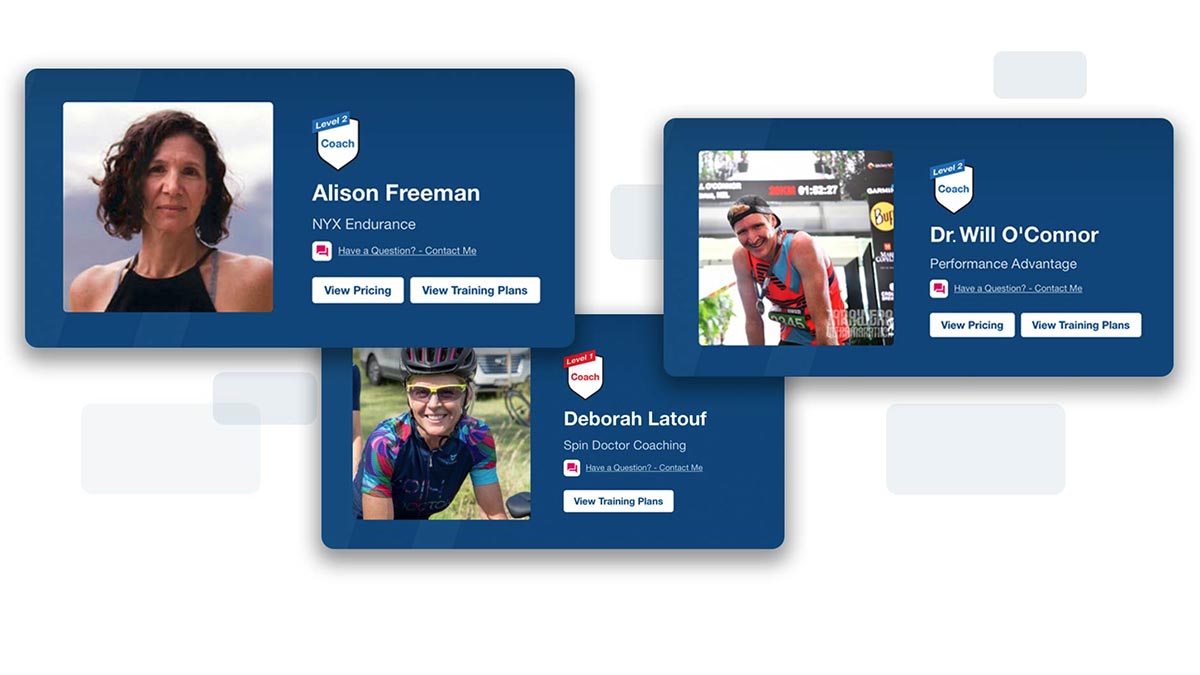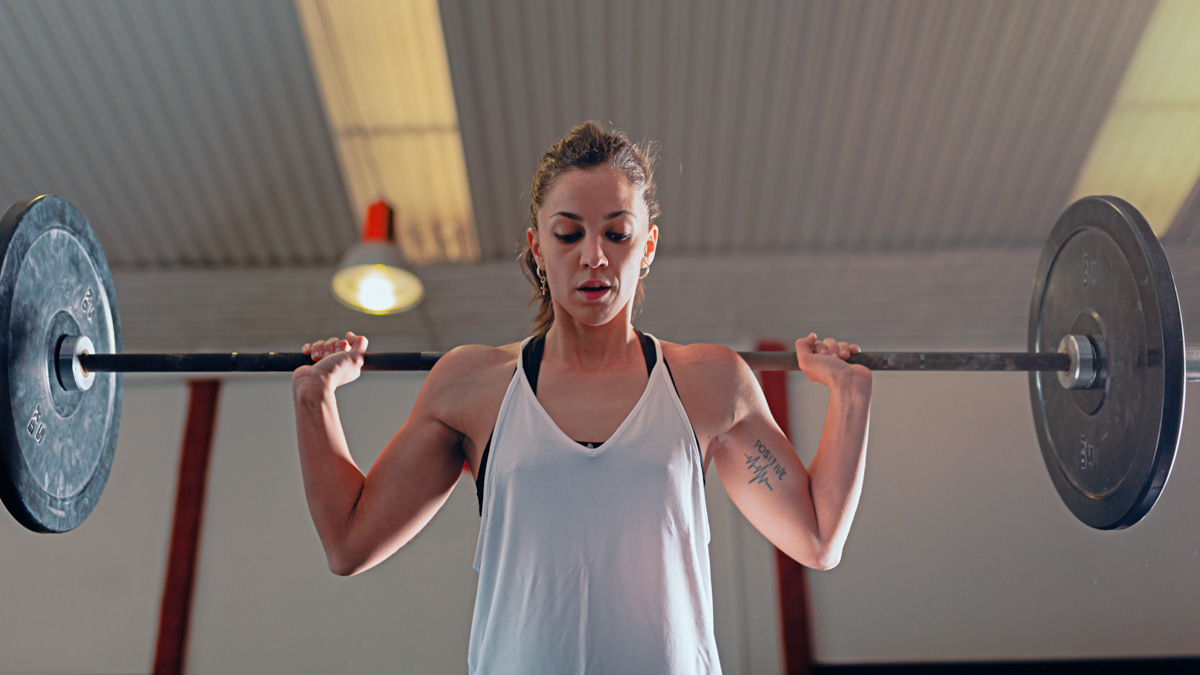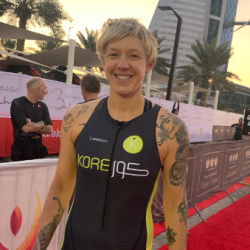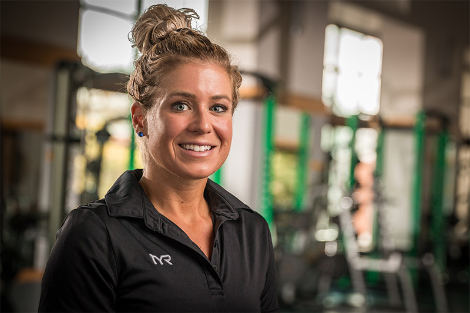Female athletes comprise over half the participants in many endurance sports, yet the vast majority of physiology studies focus on male subjects. Similarly, men’s programs in elite sports have traditionally received more significant funding in many countries. Adding to these disparities, there’s a widespread lack of knowledge about how the menstrual cycle, menopause and other biological factors unique to female athletes impact their performance, recovery and overall well-being. Much of this could be summed up by leading researcher Dr. Stacy Sims who said, “Women are not small men.” In this article, we’ll share several ways that you can approach coaching your female athletes so that you better meet their physical, emotional and psychological needs.
Putting Building Blocks in Place
A lot of endurance programming is focused on what the name suggests — enabling your clients to go faster for longer. Yet, for your athletes to be durable enough to handle whatever load programmed for them and the rigors of racing, they will need sufficient strength, not to mention the added resilience that consistent resistance training creates in bones, ligaments, tendons and other supporting structures.
Strength training for women is too often ignored or minimized, whether that’s because the athletes are concerned about becoming too big and bulky (despite all the evidence to the contrary) or coaches are uncertain how to write and execute appropriate programs for their female athletes. To learn more about this area, I reached out to Nicole Elkins, who has extensive experience working in elite sports, leading the Olympic rowing strength and conditioning (S&C) team for Great Britain, and contributing to 36 Olympic medals (14 of which were gold) over the last two Olympic cycles. She co-founded Viktus Perform with her husband Andy, the S&C coach for the British Olympic swimming team.
“When providing training for a female athlete, it is important to treat them as an individual, the same as you would with anyone else, rather than starting with them being a woman,” she said. “You need to find out what their performance gaps are and how you’re going to close them. Then you can put the building blocks into place to do so.”
While 10 to 20% of a female athlete’s programming might include biological and psychological elements related to gender, Elkins believes that 80 to 90% of your decision-making as a coach should be based on the bedrock of sound evidence-based practices.
“When you’re coaching women, you should stick to first principles around strength training adaption,” she said. “For example, to develop upper body strength with the GB rowing team, we had to expose them to sufficient stimuli for long enough to see the changes in force production that they needed for their sport. Don’t overcomplicate things just because you’re training female athletes. Get the basics right first and then consider how you might need to layer in nuances from there.”
Ensuring you create a sustainable yet challenging program for each female athlete is important. Still, it needs to be paired with adequate fueling to prompt optimal adaptation and avoid conditions that can result from undereating, like RED-S. While a nutritionist or dietician could create a more detailed plan, Elkins said that even for elite athletes, nailing the fundamentals should come first.
“It’s important to help your athletes understand what their nutritional needs are and how changes in intensity and their biology might impact this,” she said. “Winter and summer training blocks might look very different, so ensuring that they’re getting enough protein and other macronutrients surrounding their S&C sessions in their system to support building strength and other physical characteristics is key.”
Once you get the big rocks of an athlete’s program and nutrition in place, you start to consider how other variables impact them. A good starting point is furthering your education.
“Make sure that you and your female athletes at least understand the basic phases of the menstrual cycle,” Elkins said. “Then you can begin to see how their biology might be coming into play at different times. Some might not want to get too deep into it, while others could tell you they feel this way at a certain time every month, so you can take that into account.”
Paving a Sustainable Path to Goals
As both a motivational, logistical and accountability tool, goal setting is equally important for your female athletes as it is for their male counterparts. Yet while individuals might have different ways of setting performance targets and mapping out the path to reach or exceed them, Elkins believes that there are more similarities than differences in this aspect of coaching.
“Defining athletes’ training outcomes should be no different for your male and female athletes,” Elkins said. “You have to know where they need to be, by when and for what.”
Once you have obtained these simple yet informative three elements from each of your female clients, you can start working backward in creating a plan to get them there. “It’s all about knowing where each woman you coach needs to be at in terms of readiness for her sport and also what level her physical qualities have to reach to perform at her best on the day of the event she’s aiming to peak at,” Elkins said.
During her long tenure with the English Institute of Sport, Elkins noticed that while trying to stay on track in moving toward their ultimate goals, female athletes tended to experience more variances in their day-to-day, week-to-week and month-to-month output within each training block.
“We want an athlete to stay within a certain bandwidth of performance as much as possible so that they can prepare consistently and keep progressing,” Elkins said. “That’s the opposite of a boom or bust mentality when it comes to preparation. From my experience, I would say that you see a bit more of a swing within this bandwidth with women athletes.”
Taking Mindset and Emotions into Account
Some of the ups and downs that Elkins referred to might well be biological, but in working so closely with Britain’s national team rowers and other female athletes for so long, she believes there are other factors at work too.
“Sometimes when you see a swing in a woman’s performance continuum, it could be because of the psychological aspect or the emotional side of training,” Elkins said. “It’s just another piece of your problem-solving puzzle as a coach.”
Finding out where this particular piece fits in the jigsaw of your female athletes’ preparation can’t be achieved by mere guesswork or reading a book and trying to apply blanket generalizations. Instead, you need to serve as an emotional barometer for each of your clients. Sound intimidating? It’s not as difficult as it sounds.
“To start better understanding your female clients — and all your athletes — you just need to ask a few simple questions like, ‘How are you doing today?’ and, ‘Is this a good day to push hard, or do we need to back off a bit?’ Elkins said. “These coach-athlete conversations are even more significant with women and go a long way to building trust.”
Part of this strategy goes back to preferred communication styles and how willing athletes are to disclose how they’re doing from a physical standpoint (concerning soreness, fatigue and such considerations) and emotionally or psychologically. While it’s risky to assign certain traits to men or women, Elkins has seen firsthand that some tendencies among female athletes can make it more challenging to get to the heart of the matter.
“Quite often, male athletes will just come out and say exactly how they feel,” she said. “Whereas sometimes women may be more inclined to tell you what they think you want to hear or hold back because they’re afraid of causing any upset.”
Cultivating the Coach-Athlete Relationship
One key to getting a clearer, more complete picture of exactly where your client is physically and mentally on a particular day is to ask more questions and invest in deeper conversations to not only gather data that can inform decision-making but also to make it clear that you care about the athlete as a person first.
“To help a female client stay in a performance zone consistently and give their very best effort today, you need to build a trusting relationship over time,” Elkins said. “That means not settling for the answer to your first question but going deeper so you can understand what’s happening with them at that moment and if you need to do anything about it. If you do, there should be a scale to your possible interventions. It could be as simple as pushing ahead with what you had planned to changing up a few exercises to cutting back the volume or intensity, all the way up to taking the day off from training because it’s not going to be productive.”
If you’re predominantly coaching remotely, making sure you read your athletes’ subjective comments in their TrainingPeaks logs might offer clues to their physical and emotional state. If you notice any red flags, then reach out to them to try and get to the bottom of a potential issue and even if not, be sure to schedule frequent touch points. “The coach-athlete relationship is a journey,” Elkins said. “Knowing how much someone lifted in a session and how difficult it felt can be useful, but it’s not the full story. Probing a little bit will not only provide you with greater insight but also help them understand what’s contributing to their decisions or how they’re feeling. That’s my ultimate goal as a coach: to ensure every athlete can make good training decisions so that they are able to self-regulate and consistently train in the performance zone.”
When you’re able to train a female client in person, try to dial in on what they’re not saying as well as whatever they verbalize and to pay attention to the subtext that is easy to miss in the chaos of a group session.
“There are significantly fewer female coaches in my profession, so maybe that’s why several athletes have told me I had good intuition when they weren’t OK,” Elkins said. “It could’ve been what I saw in their body language when they walked through the door or that I didn’t get much from our initial conversation. These small and subtle cues can tell you more about how someone is doing than their actual numbers, and then you can find out more.”









